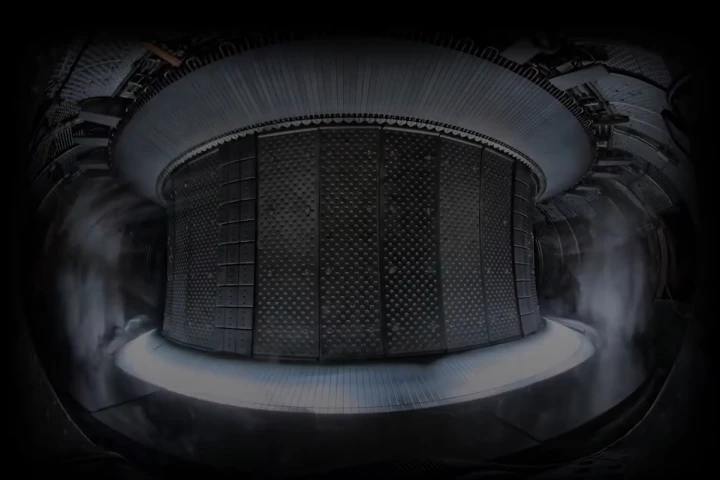The European Southern Observatory (ESO) has released the first results of an infrared and visible light southern sky survey that aims to shed light on the most abundant and elusive substance in the Universe – dark matter. Forming part of the Kilo-Degree Survey (KiDS), the results represent just seven percent of the entire project.
While it's thought that 85 percent of the matter in the Universe is dark, we know very little about it. It doesn't reflect or absorb light, and can only be studied via its effect on the objects around it – through its gravitational pull on stars and galaxies.
The KiDS survey aims to provide scientists with a better understanding of the relationship between the observable universe and dark matter, and how it affects the accelerated expansion of the Universe. It makes use of visible light instruments on the Very Large Telescope (VLT) and infrared measurements from the VISTA survey telescope, both of which are located at ESO's Paranal Observatory in Chile.
Astronomers are making use of gravitational lensing to work out where the dark matter lies. These cosmic lenses are seen when large deposits of matter sit between Earth and the target of an observation. The gravity of the foreground matter acts as a gigantic magnifying glass, allowing astronomers to study the distant target in greater detail than would otherwise be possible. Closely studying this effect allows astronomers to pinpoint where gravity is strongest, which in turn allows them to work out where the matter (both observable and dark) lies.

The first batch of results from the survey include the analysis of more than two million galaxies, at an average distance of 5.5 billion light-years. While this only represents seven percent of the survey area, the results are already promising. By studying the gravitational distortion of emitted light, the team was able to determine that the observed groupings of galaxies contain some 30 times more dark matter than visible matter.
Ultimately, the results of the survey will have a big impact on our understanding of the makeup of theUniverse, including the formation of galaxies. Of course, these are just the first set of results, with scientists yet to sift through the bulk of the immense datasets being produced by the survey.
Source: ESO






